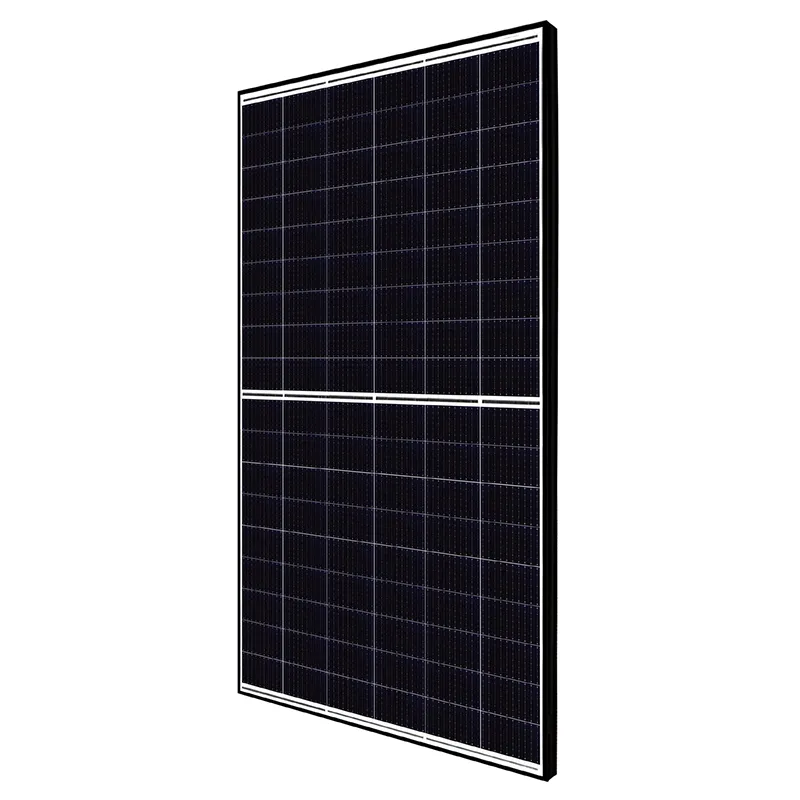Cost Analysis of Ground Mounted Solar Panel Installation and Maintenance for Your Property
The Cost of Ground-Mounted Solar Panels An In-Depth Analysis
As the world continues to embrace renewable energy sources, solar power stands out for its sustainability and efficiency. Ground-mounted solar panels have gained popularity due to their numerous advantages, including greater energy production, flexibility in installation, and minimal shading issues. However, understanding the costs associated with ground-mounted solar panels is crucial for homeowners and businesses considering this investment. This article will explore the various factors that influence the cost of ground-mounted solar panels, helping you make informed decisions.
Initial Investment
The initial cost of ground-mounted solar panel systems can vary widely, typically ranging from $10,000 to $30,000 for residential installations. This price range includes components such as solar panels, inverters, mounting systems, and installation labor. For commercial projects, costs can be even higher, depending on the scale of the installation.
1. Components The quality and type of solar panels chosen significantly impact the overall cost. High-efficiency panels may have a higher upfront cost but can offer better energy production in the long run. Additionally, inverters play a critical role in converting the generated direct current (DC) into usable alternating current (AC), with prices ranging from a few hundred to several thousand dollars.
2. Mounting Systems Ground-mounted systems often require sturdy mounting structures, which can vary in price based on the materials used and the complexity of the installation site. For instance, a flat, level area may require less investment compared to a site with challenging terrain.
Installation Costs
Labor costs can constitute a significant portion of the total expenses. Installation of ground-mounted solar panels demands specialized skills and equipment, particularly for larger systems. Skilled technicians will ensure the panels are positioned optimally to capture sunlight, and this expertise comes at a premium. On average, labor costs range from $0.50 to $1.00 per watt of capacity.
ground mounted solar panels cost

Ongoing Maintenance
While ground-mounted solar systems generally require minimal maintenance, certain costs should be considered. Periodic cleaning of the panels and inspections to ensure everything is functioning properly may incur additional expenses. Budgeting for maintenance can help prevent unexpected costs down the road and prolong the lifespan of the system.
Financial Incentives
One of the most encouraging aspects of installing ground-mounted solar panels is the availability of financial incentives. Governments and local agencies often provide tax credits, rebates, or grants to promote the adoption of solar energy. In the United States, for example, the Federal Investment Tax Credit (ITC) allows homeowners to deduct a percentage of the installation cost from their federal taxes. These incentives can significantly offset the initial investment, making solar power more accessible for many individuals.
Return on Investment
Investing in ground-mounted solar panels is not merely an upfront cost; it also represents a long-term financial strategy. Homeowners can expect to see a return on their investment through reduced energy bills and, in some cases, the ability to sell excess energy back to the grid. The average payback period for ground-mounted solar installations is around 5 to 10 years, after which the energy savings can lead to significant financial benefits.
Conclusion
The cost of ground-mounted solar panels can vary depending on several factors, including equipment quality, installation complexities, and available incentives. While the initial investment may seem daunting, the long-term benefits in terms of energy savings and environmental impact cannot be overstated. By carefully considering your options and seeking the necessary financial incentives, transitioning to solar energy can be a wise and rewarding investment. As technology continues to advance, the costs associated with solar energy are likely to decrease further, making this renewable energy source even more appealing in the years to come.
-
Unlocking Energy Freedom with the Off Grid Solar InverterNewsJun.06,2025
-
Unlock More Solar Power with a High-Efficiency Bifacial Solar PanelNewsJun.06,2025
-
Power Your Future with High-Efficiency Monocrystalline Solar PanelsNewsJun.06,2025
-
Next-Gen Solar Power Starts with Micro Solar InvertersNewsJun.06,2025
-
Harnessing Peak Efficiency with the On Grid Solar InverterNewsJun.06,2025
-
Discover Unmatched Efficiency with the Latest String Solar InverterNewsJun.06,2025







